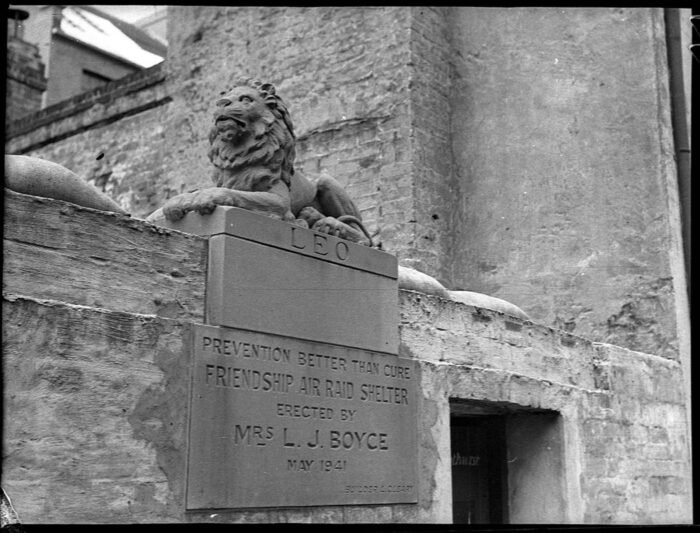Scareships over Fiji?
Yesterday @TroveUFOBot found an obviously satirical and wholly invented account of a mystery airship seen at Dobroyd in Sydney in 1910. This is interesting enough in itself, but what got me searching was the inspiration for the article: Everywhere just now the air is full of mystery — of airship mystery. This is connected not […]







